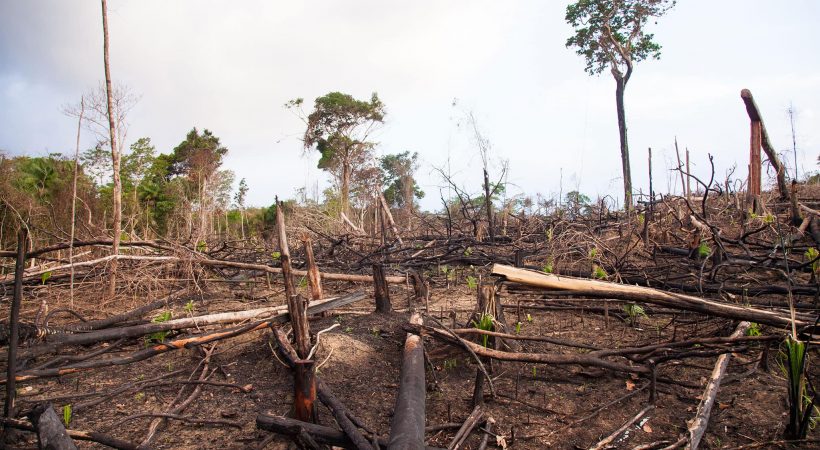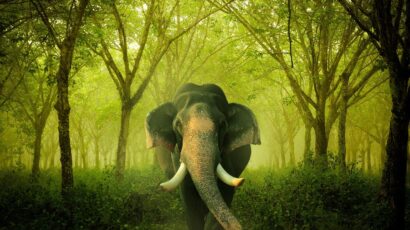Forest loss leads to spread of disease

Viruses that jump from animals to people, like the one responsible for COVID-19, will likely become more common as people continue to transform natural habitats into agricultural land, according to a new Stanford study.
The analysis, published in Landscape Ecology, reveals how the loss of tropical forests in Uganda puts people at greater risk of physical interactions with wild primates and the viruses they carry. The findings have implications for the emergence and spread of infectious animal-to-human diseases in other parts of the world, and suggest potential solutions for curbing the trend.
“At a time when COVID-19 is causing an unprecedented level of economic, social and health devastation, it is essential that we think critically about how human behaviors increase our interactions with disease-infected animals,” said study lead author Laura Bloomfield, an MD student in the School of Medicine and a PhD candidate in the Emmett Interdisciplinary Program in Environment and Resources within Stanford’s School of Earth, Energy & Environmental Sciences. “The combination of major environmental change, like deforestation, and poverty can spark the fire of a global pandemic.”
A changing landscape
People have converted nearly half of the world’s land into agriculture. Tropical forests have suffered the most, with some of the highest rates of agricultural conversion over the last few decades. In Africa, this has accounted for about three-quarters of recent forest loss. What remains, outside protected parks and preserves, are small islands of forest in a sea of farmland and areas where farmland intrudes into larger forested areas.
In Uganda, decades of migration and the creation of farmlands outside Kibale National Park have led to a high density of people trying to support their families at the edge of forested habitats. Ordinarily, people avoid wild primates because they are well-known carriers of disease, and many are protected by Uganda’s Wildlife Authority. However, continued loss of forested habitat means wild primates and humans are increasingly sharing the same spaces and vying for the same food.
When people venture into forested areas for resources and when animals venture out of their habitats to raid crops, the chances increase for transmission of zoonotic — or animal-to-human — disease. A prime example is HIV, which is caused by a virus that jumped from wild primates to humans via infected bodily fluids.
“We humans go to these animals,” study co-author Eric Lambin, the George and Setsuko Ishiyama Provostial Professor in Stanford’s School of Earth, Energy & Environmental Sciences. “We are forcing the interaction through transformation of the land.”
Keeping disease at bay
The researchers suggest that relatively small buffer zones, such as tree farms or reforestation projects, around biodiversity-rich forests could dramatically lessen the likelihood of human-wild primate interaction. Using external resources, such as national or international aid, to provide fuel and construction material or monetary supplements could also reduce pressure on people to seek out wood in forested areas.
“At the end of the day, land conservation and the reduction of forest fragmentation is our best bet to reduce human-wild animal interactions,” said study coauthor Tyler McIntosh, a former graduate student in the Stanford Earth Systems Program now working at the Center for Western Priorities.
Story Source: Stanford University/ScienceDaily















